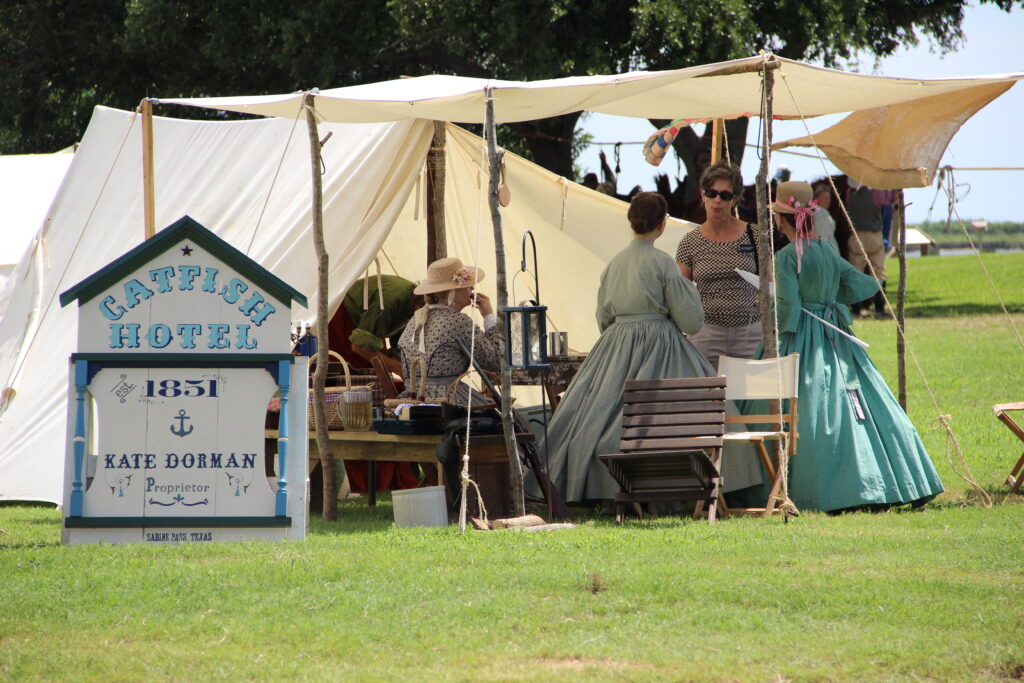
Watching the Kate Dorman Scenario video that I uploaded to YouTube from the 150th Anniversary of the Battle of Sabine Pass brought back many memories last week. I hadn’t watched it in ages. The year in question (2013) was special because of many people who planned the event behind the scenes. It was a big deal as most battles were recognized and promoted. At the time, I was learning photography and filming. I was not an expert, but I did what I could for those who would be interested in the future.
One thing I will say about reenactors is that if you want to know the reality and life of a period, you need to talk to a reenactor and not a historian. I know many reenactors, and I am blown away by how much research these men and women do. They also volunteer their time to teach us about interesting stuff.
A few weeks ago, I mentioned Earl Keith, who passed in September 2021. Ron Strybos, who portrayed Colonel Crocker in the video, was a great reenactor, actor, and all-around good guy. He also reenacted at the Battle of San Jacinto in April. This is one event that I wanted to see him in, but I couldn’t; either I was working or the grounds were flooded that year. Ron passed in June of 2021. I wasn’t close to these men, but dammit, it hurts when you lose two people who gave everything for historic preservation and education. Many other reenactors have left us over the past year, and we will miss them all.
The Historic Magnolia Cemetery Tour Part Deux is in the works. I can’t help but recall the planning of a Cemetery Tour in 2017 that never happened because of Hurricane Harvey. Things were getting a little like Game of Thrones. He killed this guy by accident but was murdered 13 years later by his incompetent friend. Some of this research will be on display on our next tour, but I do want to say that our tour is educational; it is not a ghost tour, as the Beaumont CVB put it. I’m glad that the Beaumont CVB has since updated their website and does not mention us at all. I find things like this hilarious because I make zero dollars from this blog, but some of the people at these local websites have a salary and they haven’t updated the sites in four years. And now, with the rant done, I want to get into the weeds.
Someone once asked me who these people were and how they could afford these big mausoleums. They were looking at the Greeves Mausoleum, not too far from Rush B. and Aurelia Norvell’s Mausoleum near the office. I have researched both Rush B.and his wife, Aurelia. In 2017, I looked into Orlo G. Greeves and found that this impressive mausoleum was erected after his death in December of 1920.
Orlo George Greeves was born in Orange County in 1887, but most of his early years were spent in Beaumont. He attended the Peacock Military Academy in San Antonio for a short time, then left the city to go to the Texas Agricultural and Mechanical College (Texas A&M).
In 1905, Greeves returned to Beaumont and entered the business world with a job at the Lumber Machine and Equipment Company. In his obituary, it was noted that the company “has grown until it is one of the largest of its kind in the South.” He was also a director of the Texas Bank & Trust Company and the former president and vice-president of the Beaumont Baseball Association, along with many other civic and business interests.
Unfortunately, Mr. Greeves met his end while hunting near Raywood, in Liberty County, with his friend Hubert B. Oxford, who was married to Sibbie Van Wormer’s daughter Sadie. As the story goes, both men were walking back from a hunt to a friend’s home one Sunday evening when Hubert’s shotgun accidentally discharged, killing Greeves instantly. Oxford managed to carry Greeves’s body for a few feet, then summoned friends from the house to help. The sheriff and the coroner were called, and an inquest was held. The death was ruled an accident.
I believe this was true, not because all of his descendants are lawyers, but because accidents happen—I guess. Unfortunately for Hubert, thirteen years later, he was at the beach and a friend who always needed money shot him in cold blood. All the facts are available in Beaumont Enterprise records. A hundred people got subpoenaed for that trial, even Florence Stratton.
Well, I got through this blog without any references to Star Wars. I’ll give it a rest for this week, but I think that my other interests, including Kaiju (Godzilla) and anime (Sword Art Online) for the gen z’s, will trickle in. Sayonara.

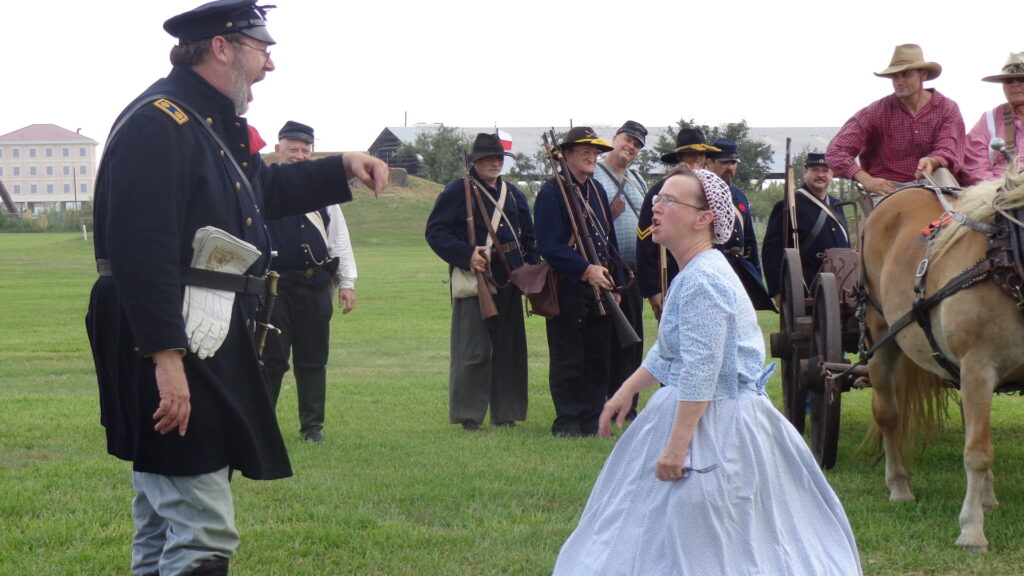
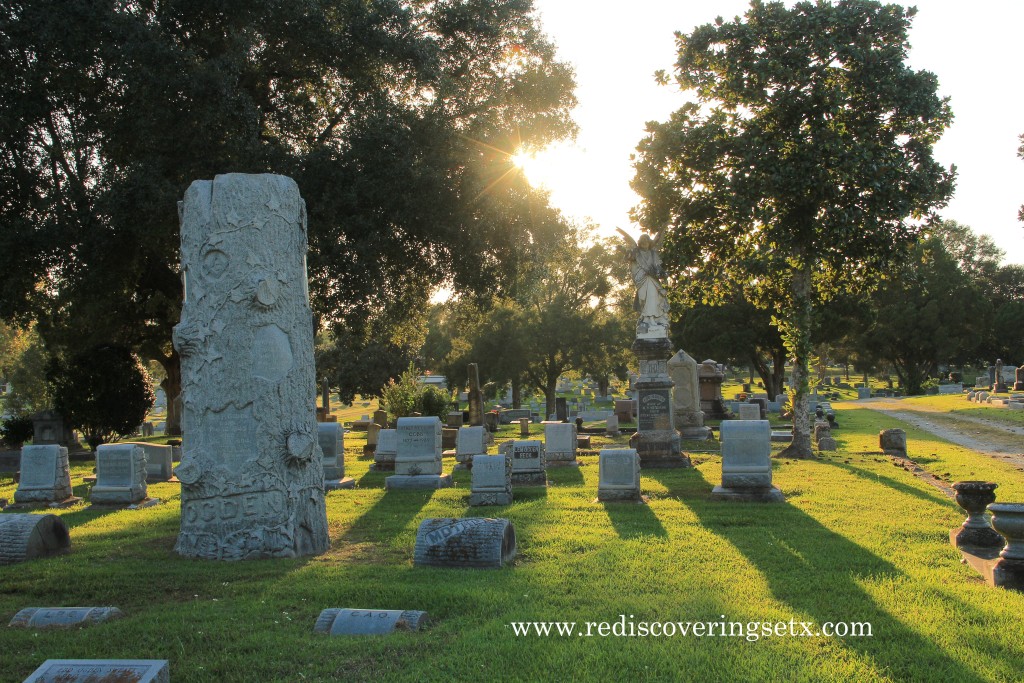
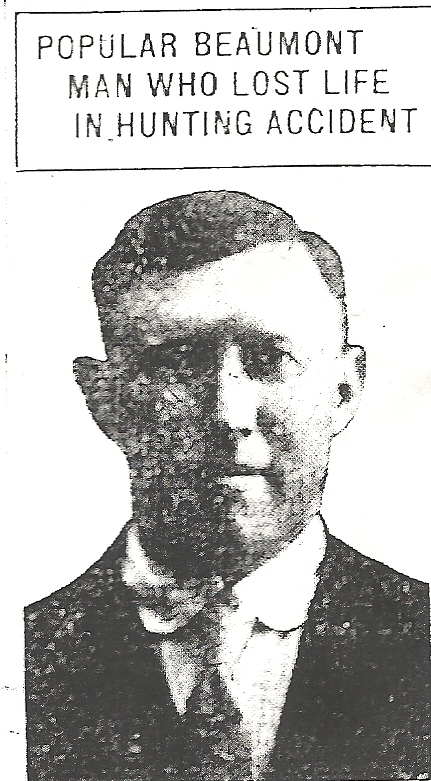
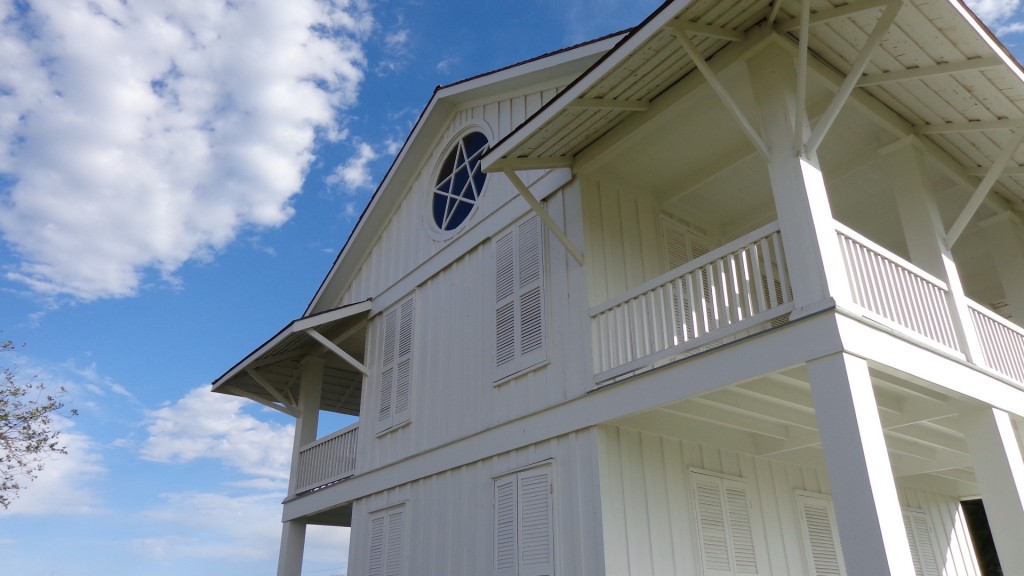
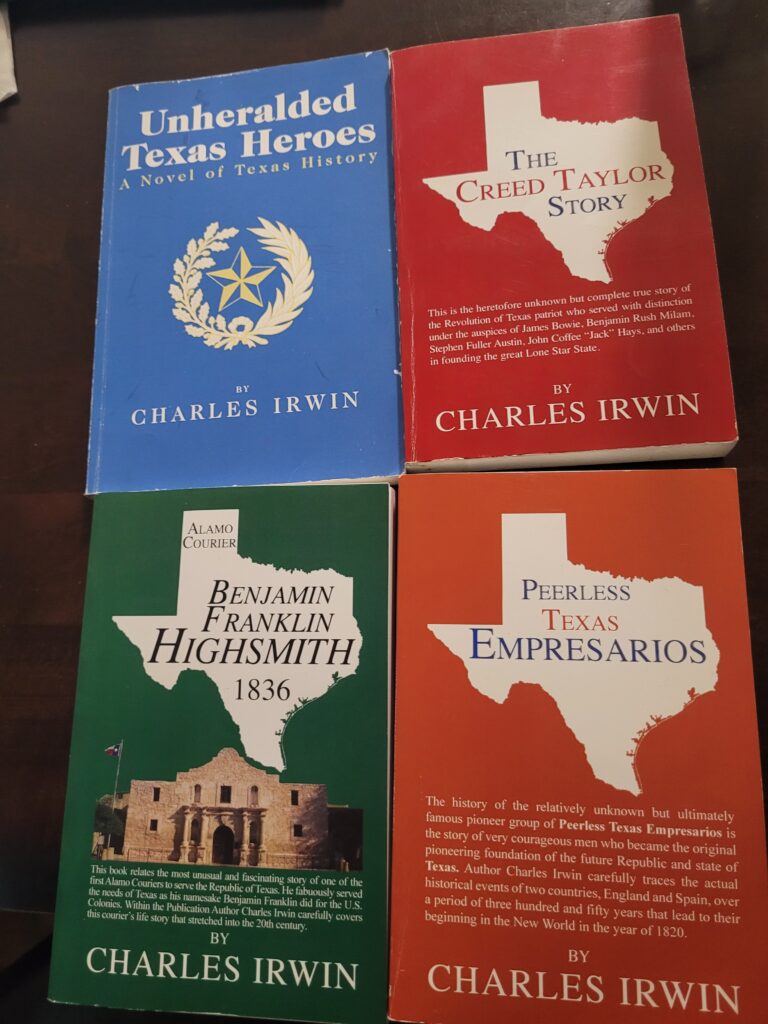
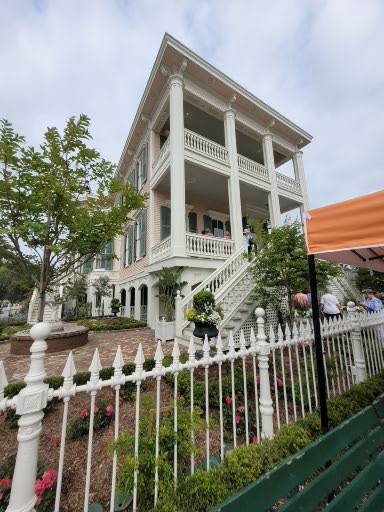
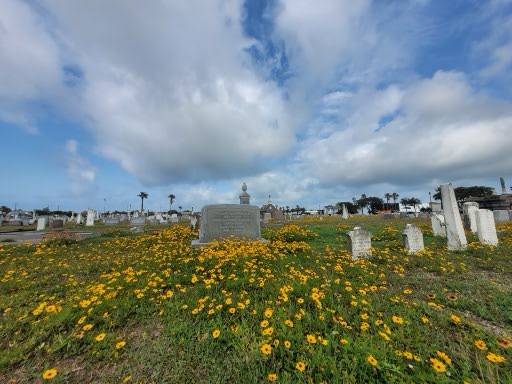
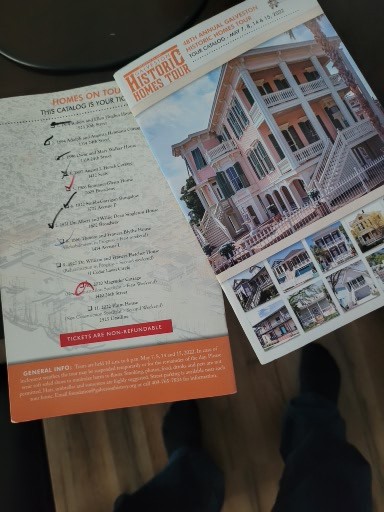
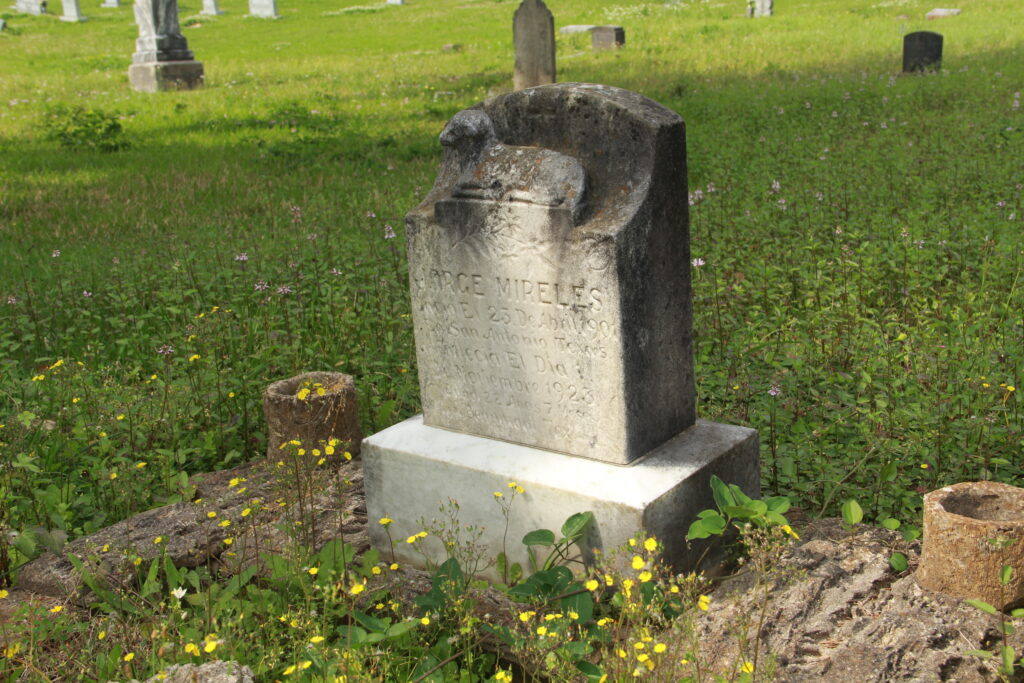
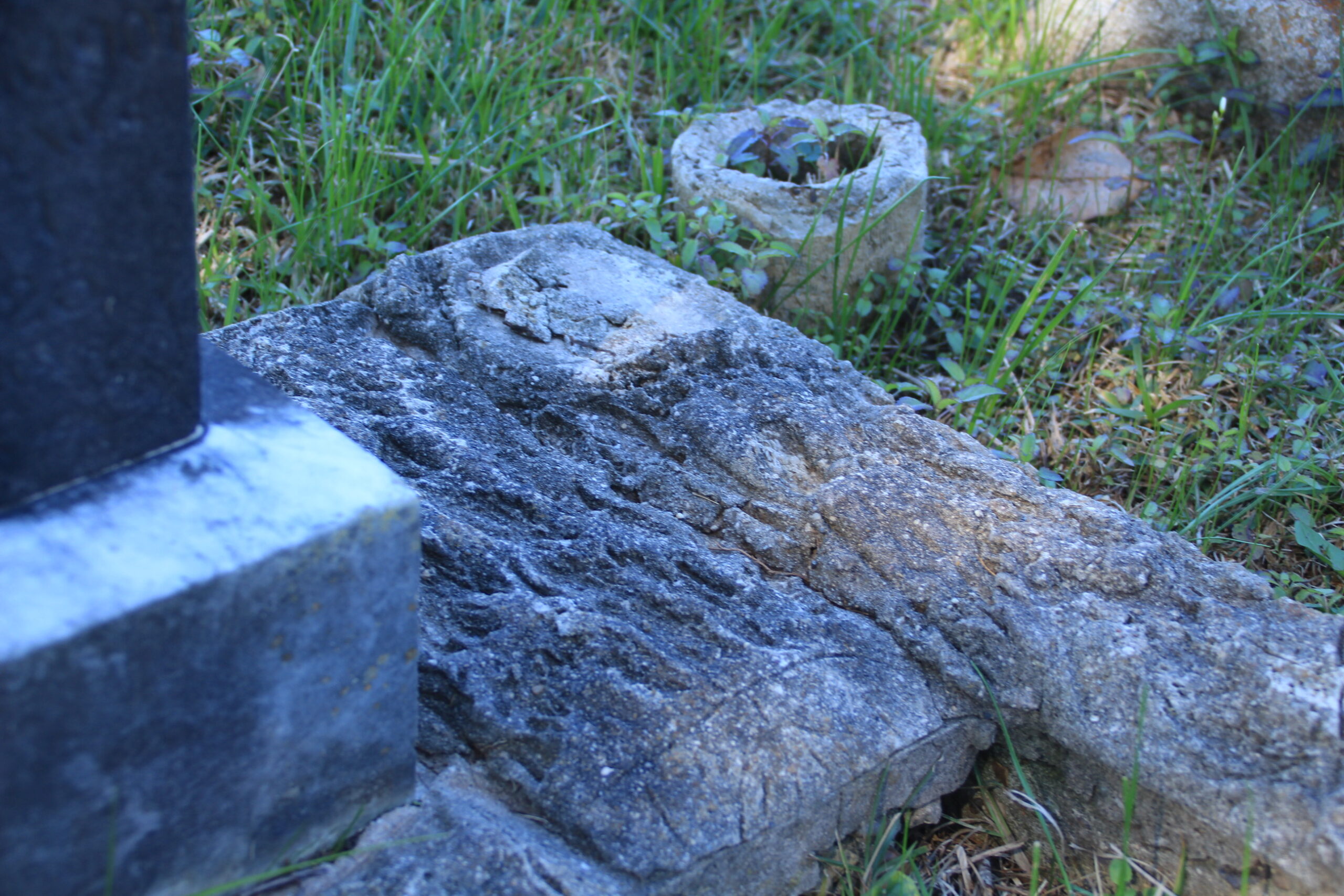
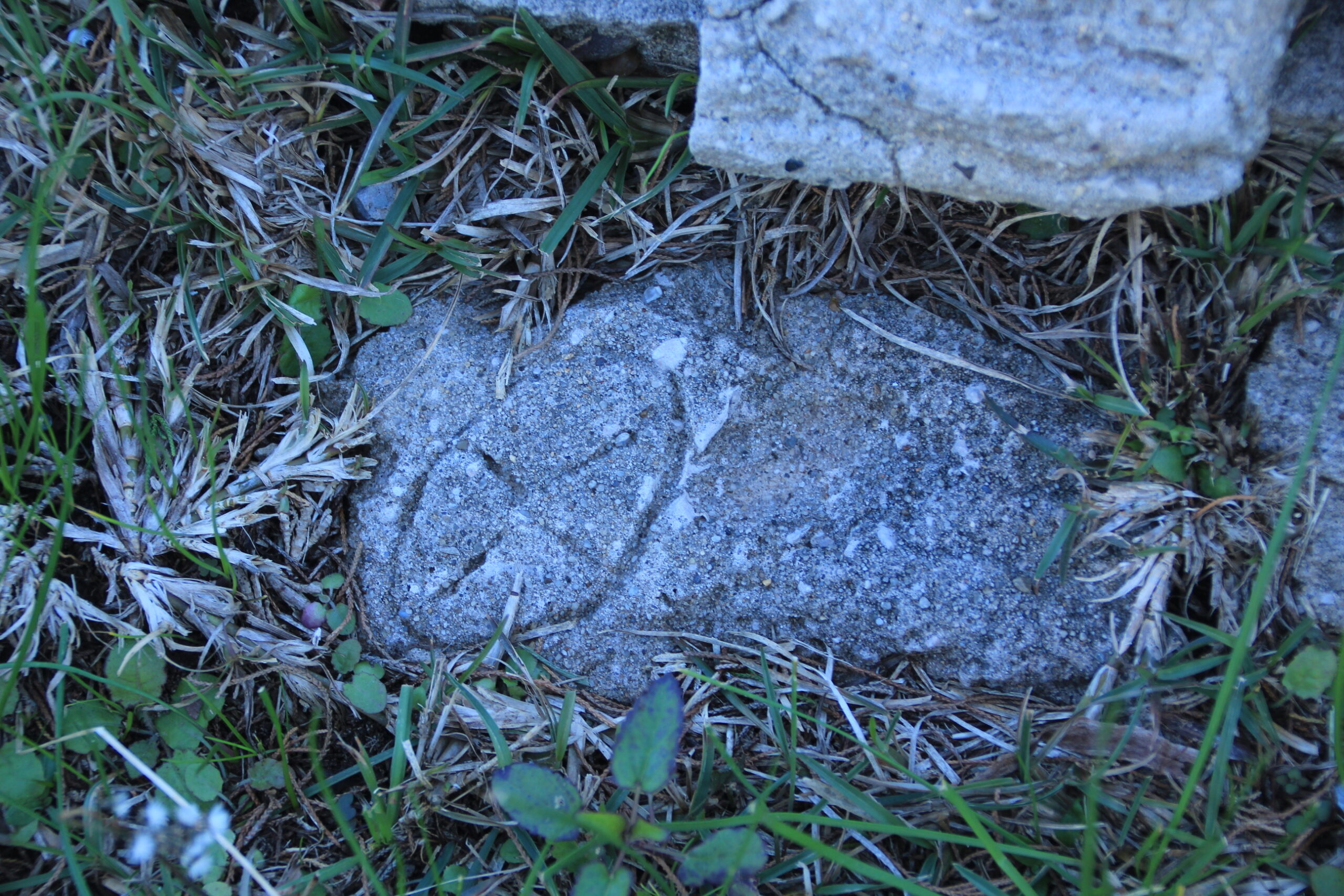
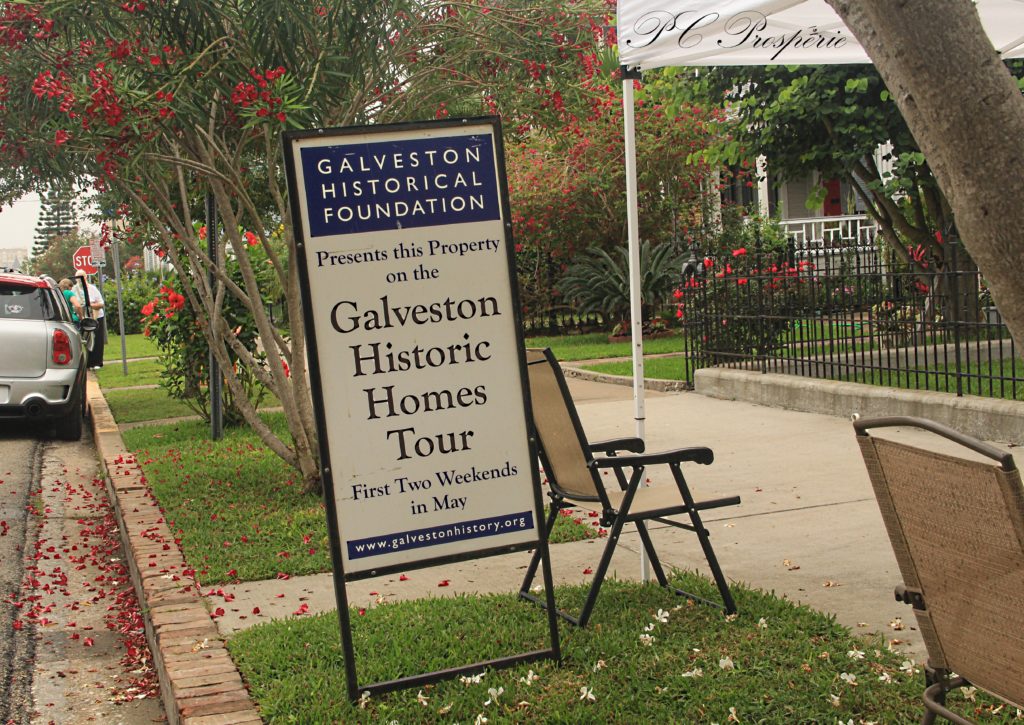
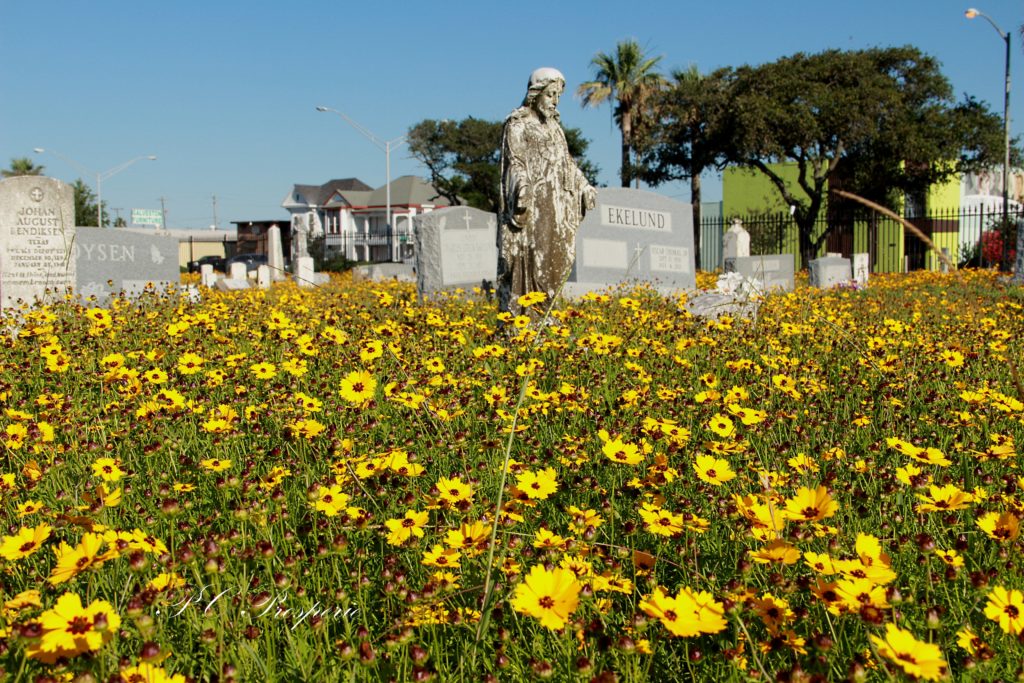

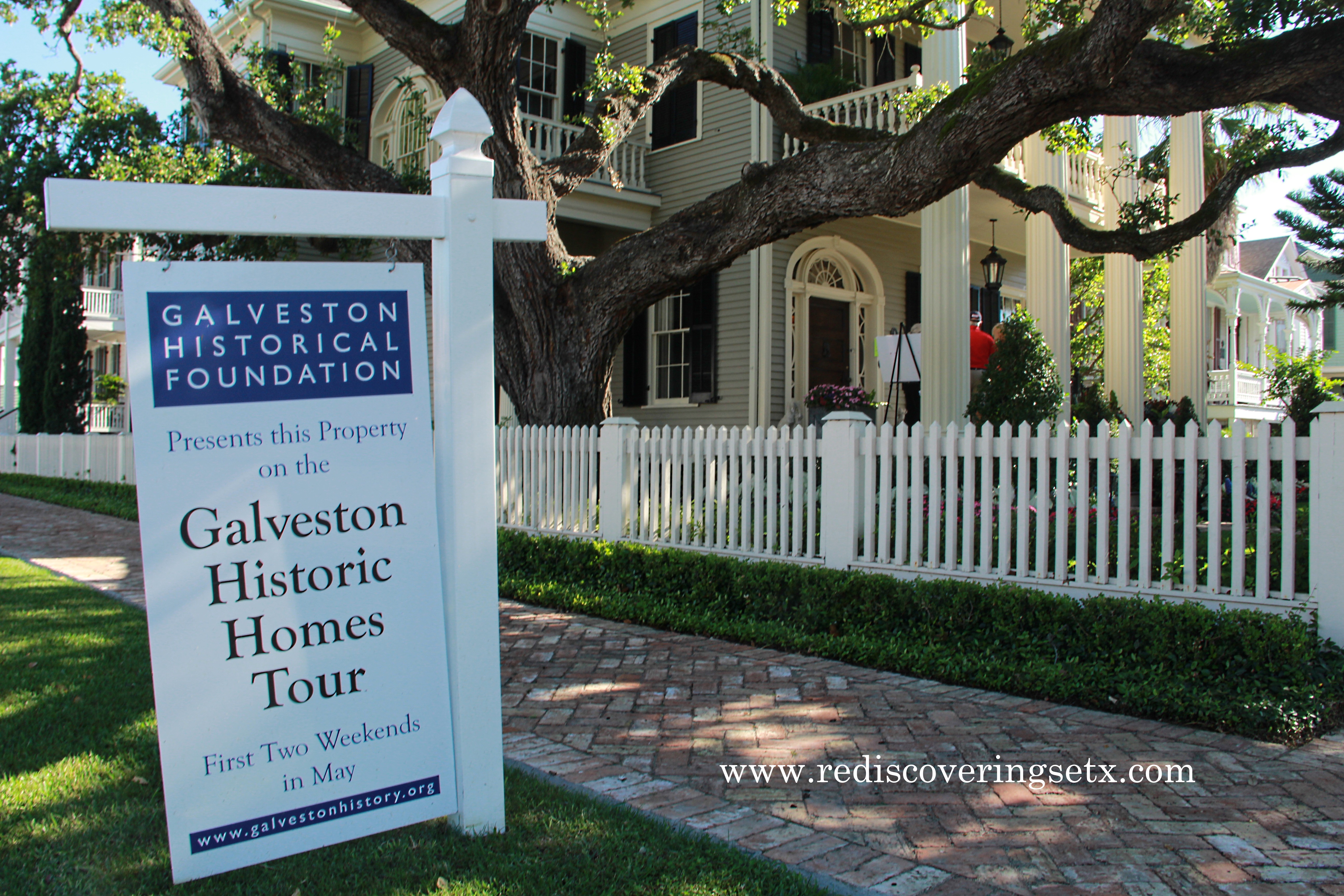 Getting back to the topic of volunteering, it’s no secret that I love the
Getting back to the topic of volunteering, it’s no secret that I love the 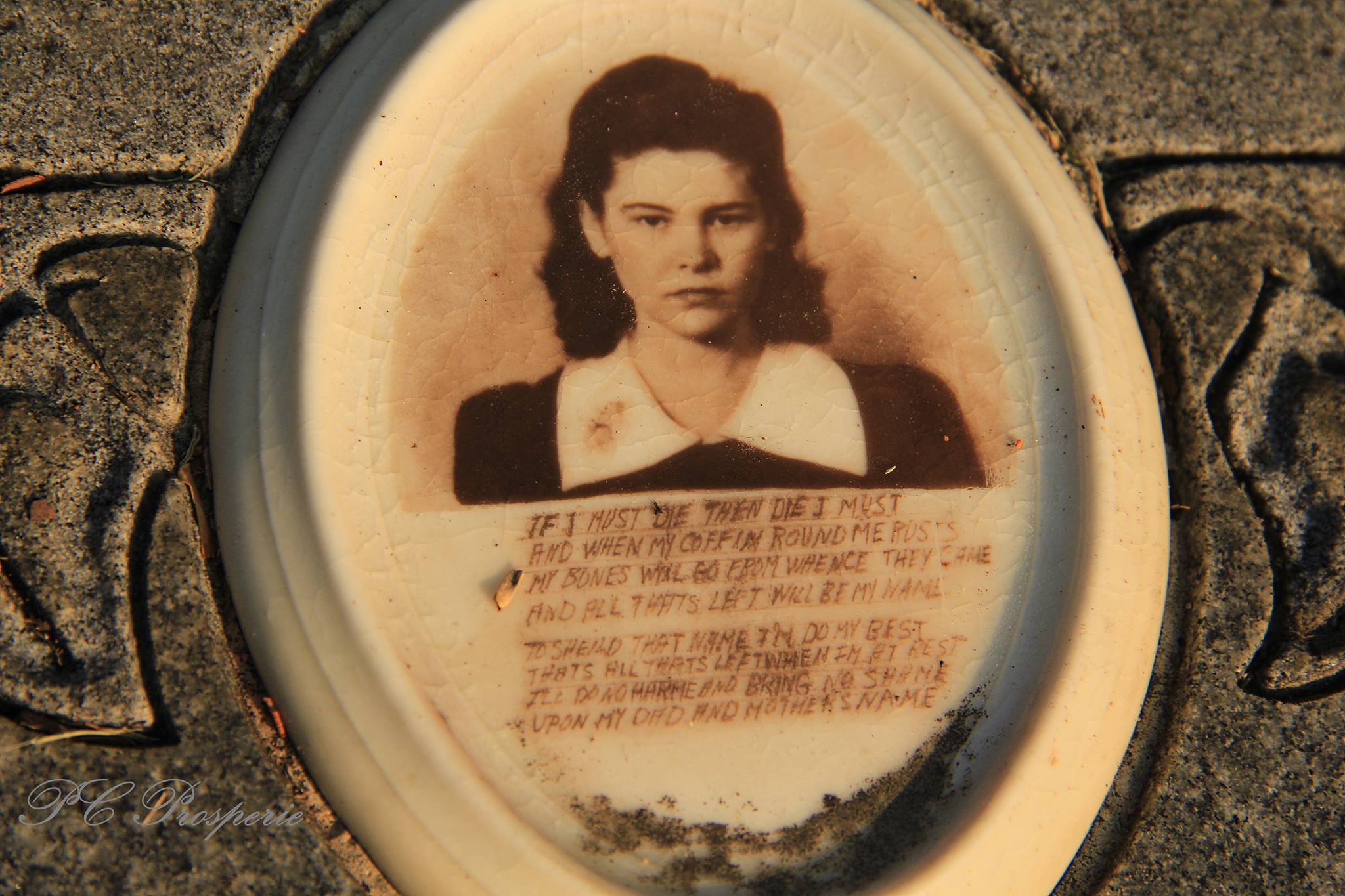 For weeks, I researched the origins of
For weeks, I researched the origins of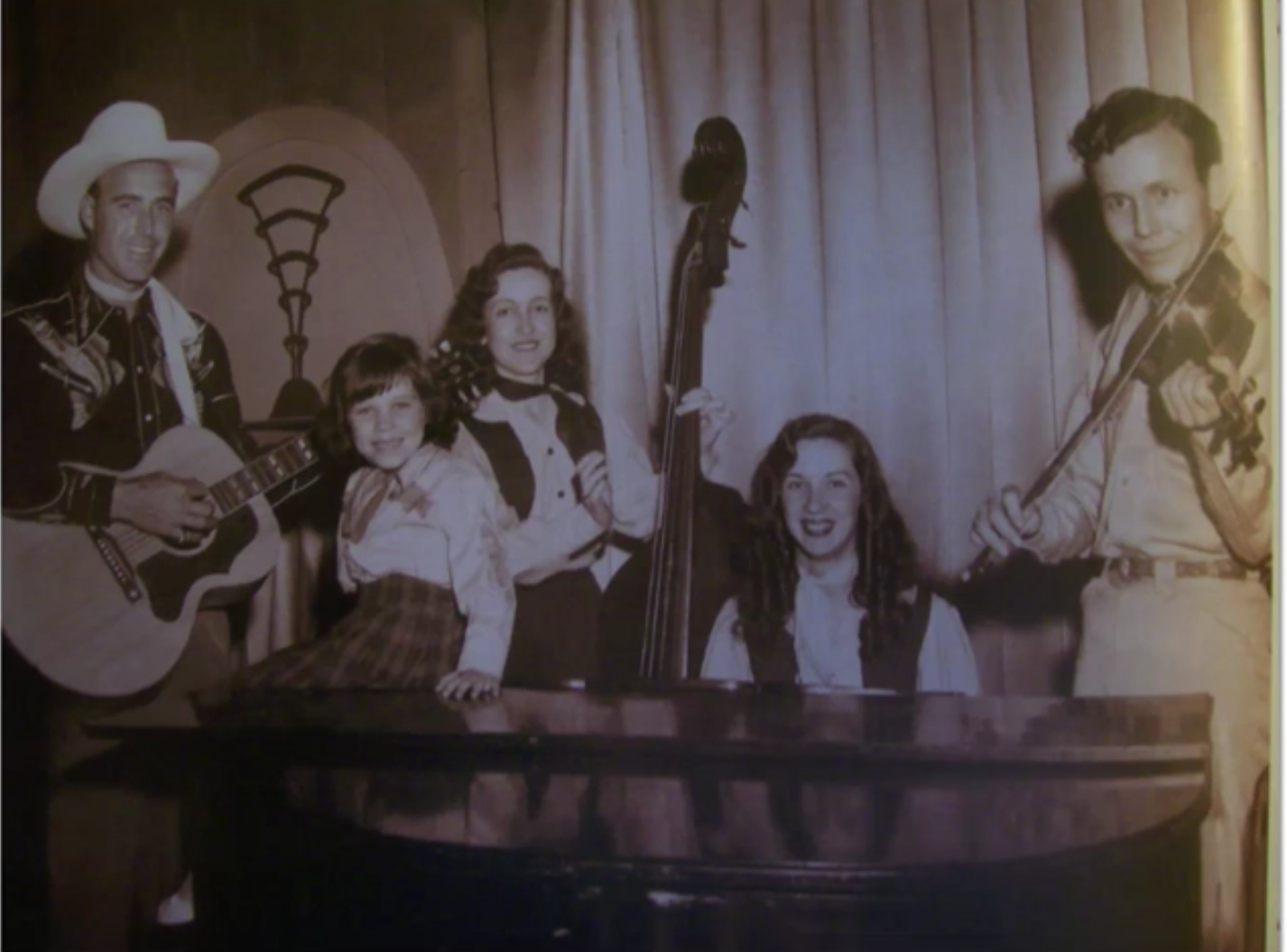
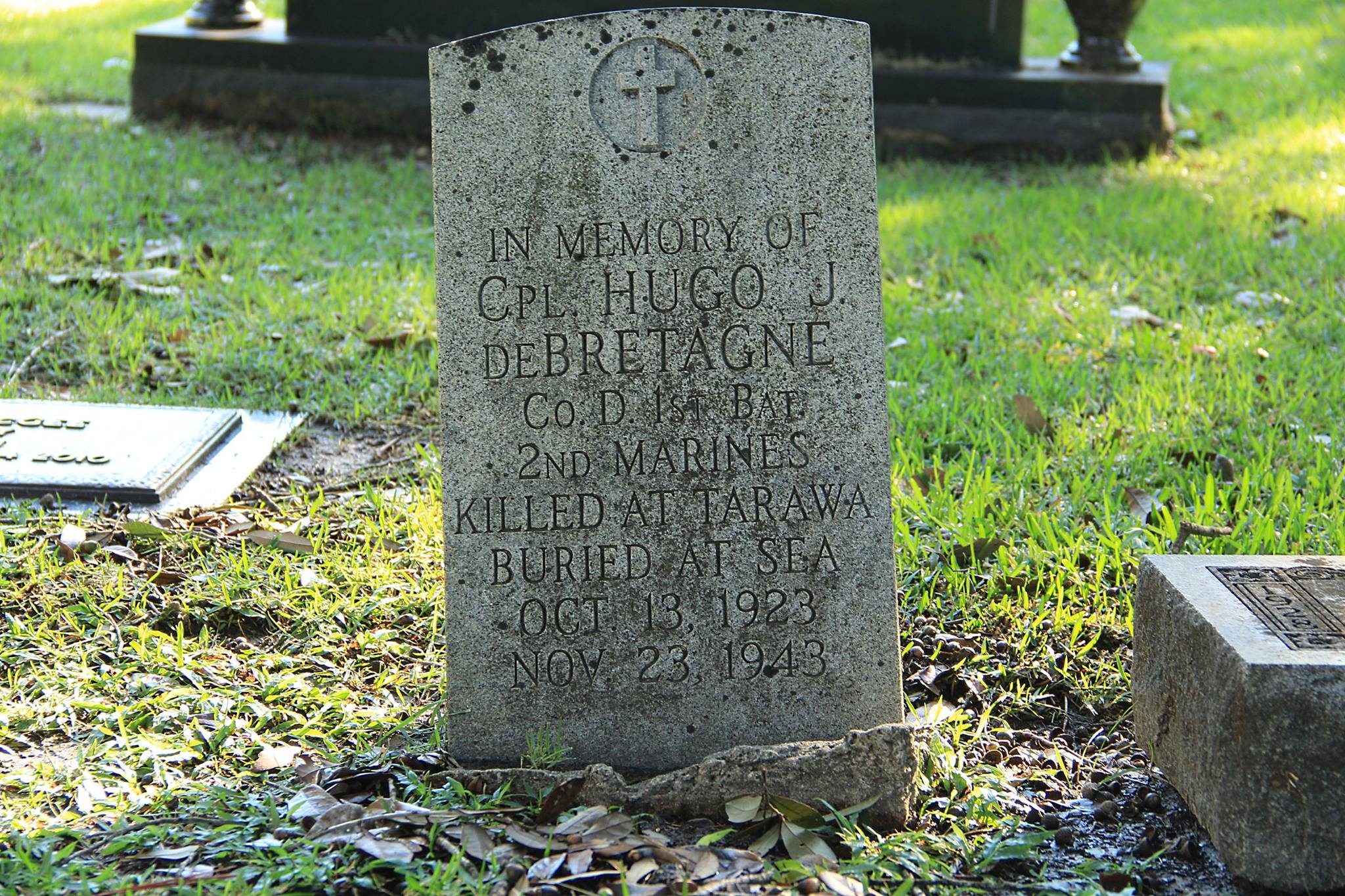 In memory of Hugo J. DeBretagne, CO D 1st Bat. 2nd Marines Killed at Tarawa Buried at sea. Oct. 13, 1923 – Nov. 23, 1943
In memory of Hugo J. DeBretagne, CO D 1st Bat. 2nd Marines Killed at Tarawa Buried at sea. Oct. 13, 1923 – Nov. 23, 1943  World War II—and especially the Pacific War—has been my greatest research project. You could say that the movie Tora Tora Tora has a lot to do with that. Still, there’re no words to describe the feeling of being a kid and seeing a formation of T-6 Texans modified to look like Japanese Zeros flying over Nederland, Texas, headed for Jefferson County Airport to participate in the Confederate Airshow.
World War II—and especially the Pacific War—has been my greatest research project. You could say that the movie Tora Tora Tora has a lot to do with that. Still, there’re no words to describe the feeling of being a kid and seeing a formation of T-6 Texans modified to look like Japanese Zeros flying over Nederland, Texas, headed for Jefferson County Airport to participate in the Confederate Airshow. 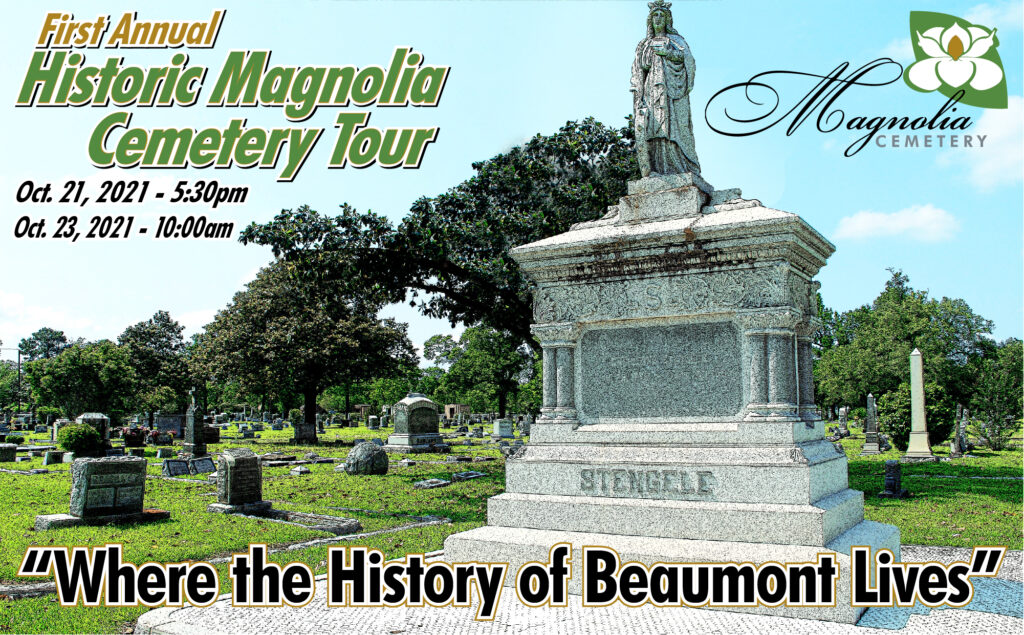
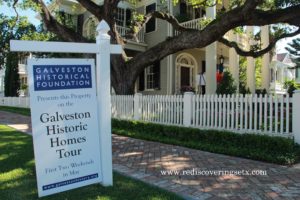
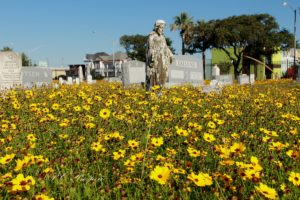
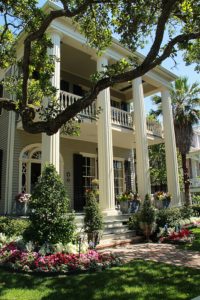
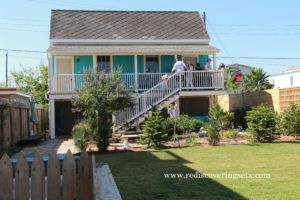
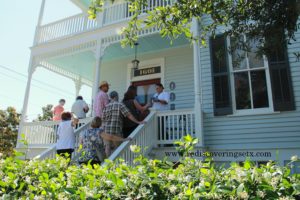
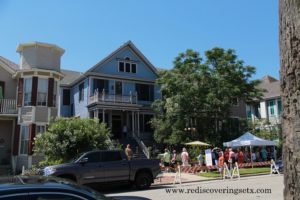
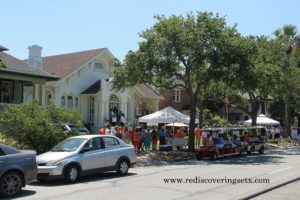
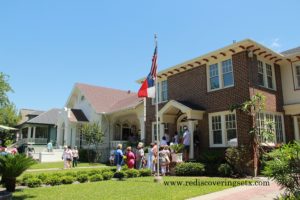
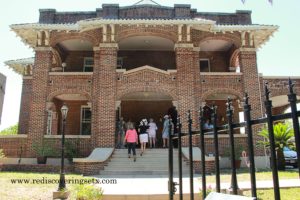
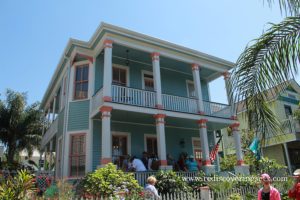
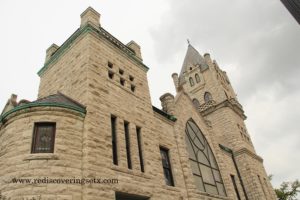
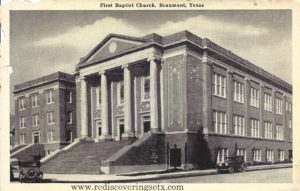
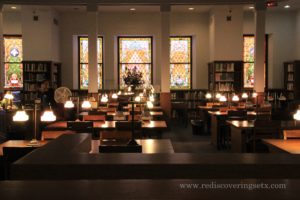
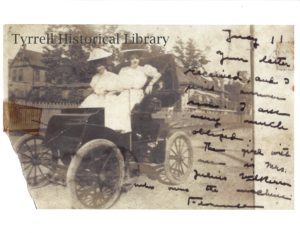
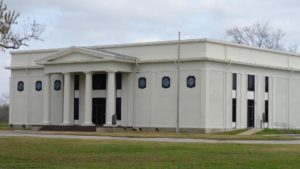
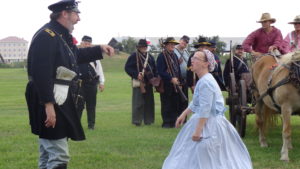
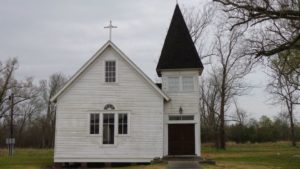
You must be logged in to post a comment.